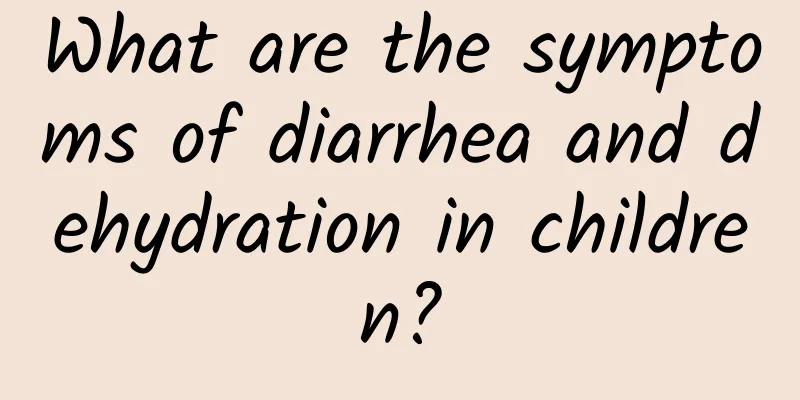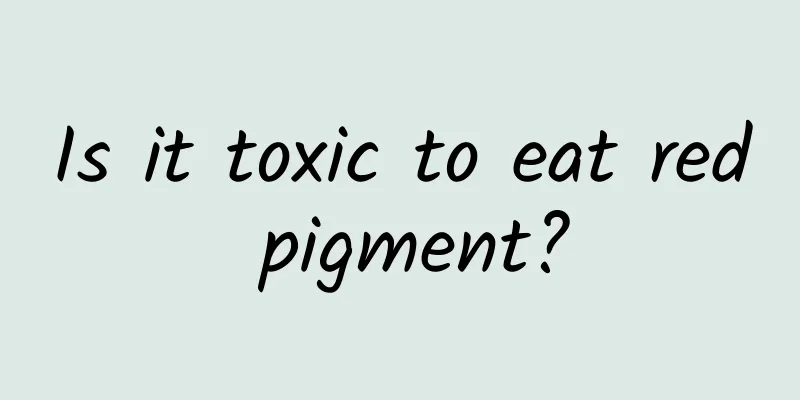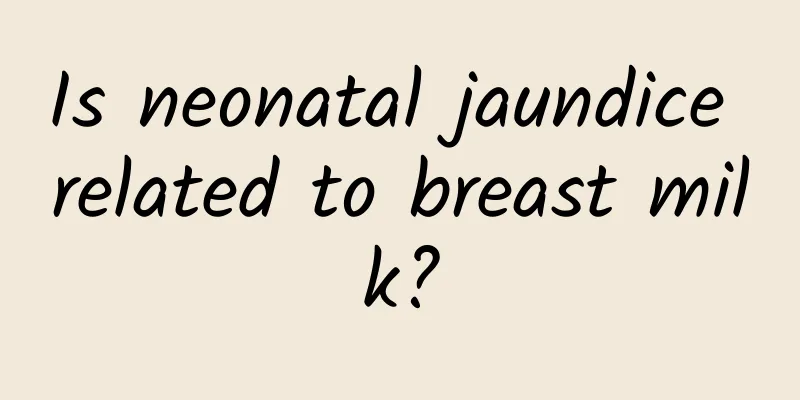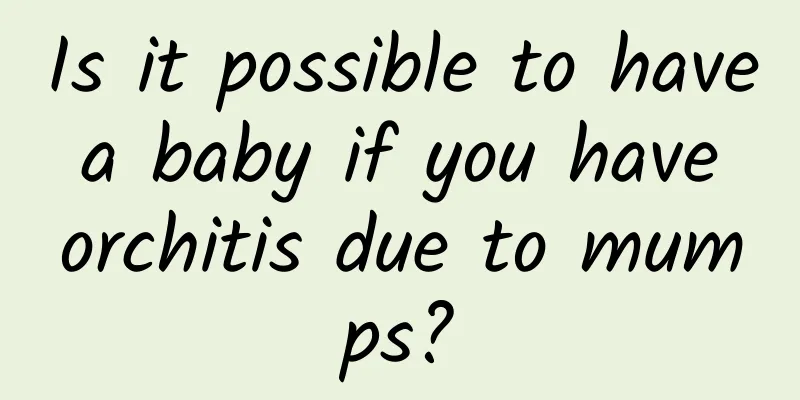How to treat pathological neonatal jaundice

|
Pathological neonatal jaundice usually requires intervention targeting the cause. Phototherapy, drug therapy, exchange transfusion therapy and other measures can be selected, but it needs to be carried out under the guidance of a doctor to avoid delays that may cause serious complications. 1. Phototherapy Phototherapy is one of the basic methods for treating pathological neonatal jaundice, especially when bilirubin levels are elevated but not yet critical. By using a specific wavelength of blue light to illuminate the skin of newborns, bilirubin is converted into substances that are easier to excrete, helping to reduce bilirubin levels in the body. During phototherapy, the eyes and genitals of newborns need to be protected to prevent direct damage to sensitive areas. If single phototherapy is not effective, double-sided phototherapy can be combined or the exposure time can be extended. 2. Drug treatment For some pathological jaundice with clear causes, such as excessive destruction of red blood cells or liver dysfunction, drugs can play an important role. Common drugs include: Albumin injection, used to bind free bilirubin and reduce its toxicity; Phenobarbital can accelerate the metabolism of bilirubin, but you need to pay attention to the dosage and side effects before using it; Immune globulin IVIG is suitable for neonatal hemolytic jaundice and its role is to reduce antibody-mediated red blood cell destruction. All drug treatments must be strictly managed according to the doctor's instructions and should not be handled without authorization. 3 Exchange transfusion therapy When the bilirubin level in the newborn's blood is too high and there is a risk of kernicterus, emergency blood transfusion therapy is required. This is an important method to remove bilirubin and pathological inducing factors from the body. Blood transfusion therapy can quickly reduce high concentrations of bilirubin and prevent it from entering the central nervous system. However, the blood transfusion process is complicated and requires an experienced medical team to operate. 4 Supportive measures While the above treatments are being given, supportive care should also be provided to help the child recover, such as ensuring adequate nutritional intake and fluid balance to increase jaundice excretion; avoiding excessive hypothermia and keeping the environment warm; closely observing changes in the condition and regularly monitoring bilirubin levels and liver function indicators. The key to treating pathological neonatal jaundice is to identify the cause as soon as possible and take targeted intervention measures. If you find that the newborn's skin and whites of the eyes are obviously yellow, accompanied by drowsiness or feeding difficulties and other abnormal symptoms, you should seek medical attention immediately. If pathological jaundice is not treated in time, it may cause serious consequences, such as kernicterus and even brain damage, so it is important to pay attention and follow the doctor's advice to receive professional treatment. |
<<: What porridge can cure children's cough quickly?
>>: What causes jaundice in the elderly and how to treat it
Recommend
How to cure convulsions
I believe that everyone has heard of convulsions ...
Can seizures be cured?
Although childhood convulsions are quite common i...
What causes the baby to cough when he wakes up in the morning? What should I do if the baby coughs when he wakes up in the morning?
There are many reasons why babies cough when they...
What are the characteristics of tracheitis in children
Nowadays, many people suffer from bronchitis, not...
What are the symptoms of white spots
The symptoms of white spots are often confusing b...
How to treat breast milk jaundice? Some tips on the treatment of breast milk jaundice
Breast milk jaundice is a very common jaundice. W...
Can polio be cured? Is it hereditary?
Poliomyelitis cannot be completely cured by drugs...
What are the treatments for tics in children? What are the treatments for tics in children?
The survey found that pediatric tics are the most...
What are the symptoms of post-polio syndrome?
We are all relatively familiar with the disease o...
What should we pay attention to in preventing mumps?
Mumps is a common disease in life. Although it is...
Baby cough can cause allergic rhinitis
A baby's cough may cause allergic rhinitis, b...
What is the best way to treat baby's allergic eczema?
Once baby allergic eczema occurs, it needs to be ...
What to do if children have chapped and peeling lips? Does applying lipstick work if children have chapped and peeling lips?
Some children are prone to chapped lips due to la...
What causes pathological jaundice in children?
Pathological jaundice in children is mainly cause...
Is it possible to cure polio?
Polio is a relatively serious disease that troubl...









